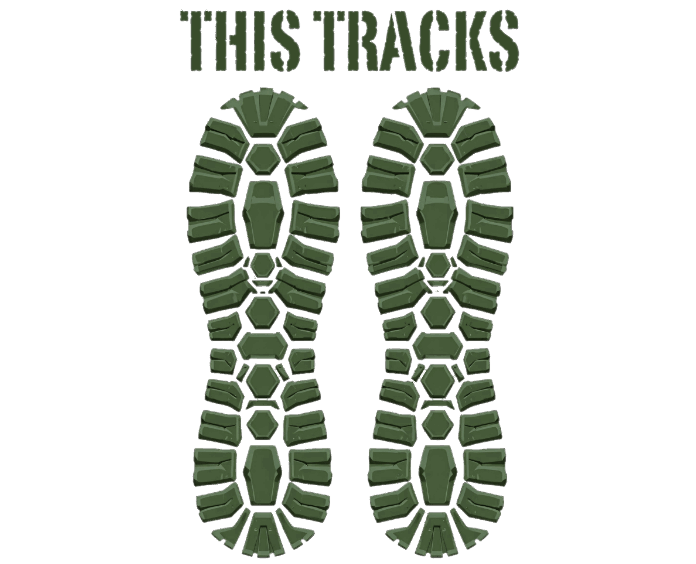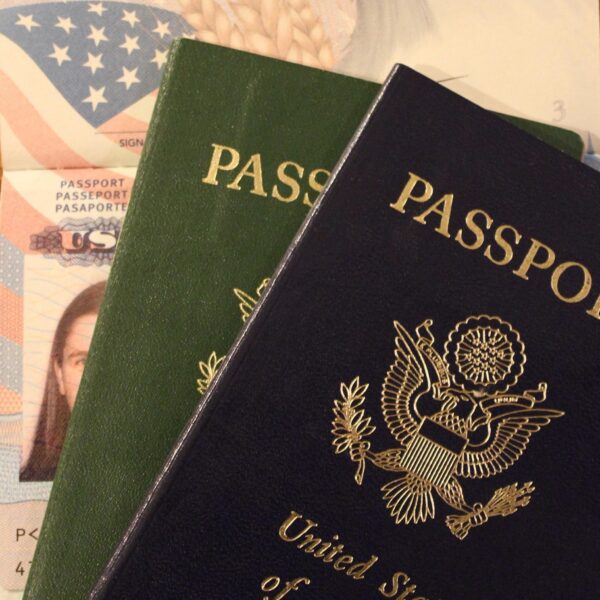Assembling your bug-out bag (also known as a go bag or 72-hour kit) requires ensuring you have crucial personal documents and identification, as well as essential paperwork and digital information, to
help streamline recovery efforts in the event of an emergency. In this article, we will discuss the key items to include in your bug-out bag to safeguard your identity and important documentation.
Identification and Personal Documents
- Driver’s license or state ID: Provides proof of identification for official purposes
- Passport: Document verifying citizenship and identity for international travel
- Birth certificate: Official document establishing date, place, and parentage of birth
- Social Security card: Identification number used for various governmental and financial purposes
- Marriage license or divorce decree (if applicable): Legal documentation of marital status
- Vaccination records: Records of vaccinations for diseases such as measles, mumps, and tetanus
- Insurance cards (e.g., health, auto, home): Documentation of insurance policies and coverage
- Bank account numbers, investment account statements, and credit card information (if possible, store in a secure digital format)
Emergency Contacts and Medical Information
- List of emergency contacts: Names, phone numbers, and addresses of family members or friends who can provide support during an emergency
- Power of attorney documents (e.g., medical power of attorney, financial power of attorney): Legal documents designating individuals to make decisions on your behalf if you’re unable to do so yourself
- Advanced healthcare directive: Document outlining your preferences for medical care and end-of-life decisions
- Medication list: Detailed list of current medications, dosages, and prescribing doctors
Financial Information
- Cash or traveler’s checks: Emergency funds in multiple denominations
- Credit cards: Essential credit cards for access to additional funds during an emergency situation
- Copies of important financial documents (e.g., tax returns, bank statements) stored on a secure digital device or thumb drive
Digital Information
- Digital backups of essential personal and financial documents: Store copies of important documents on cloud storage services or external hard drives
- Passwords and account information for online accounts: Write down usernames, passwords, and account details for easy access in an emergency
- Photographs of personal belongings: Documentation of valuables in the event of theft or loss
- Digital copies of identification documents (e.g., driver’s license, passport): Store digital images of important documents on a secure device or cloud storage service
Tips for Personal Documents and Identification Preparation
- Make multiple copies of essential documents and store them in different locations (e.g., bug-out bag, home safe, safety deposit box) to minimize the risk of loss.
- Secure digital information with strong passwords and use encryption tools for added protection.
- Store physical copies of important documents in waterproof, fire-resistant bags or containers.
- Keep a current list of all your personal belongings, including descriptions, serial numbers, and purchase dates, to aid in recovery efforts if items are lost or stolen during an emergency.
By including these essential personal documents and identification items in your bug-out bag, you’ll be well-prepared to navigate various aspects of recovery during an emergency situation, ensuring the
protection of your identity and important documentation.

